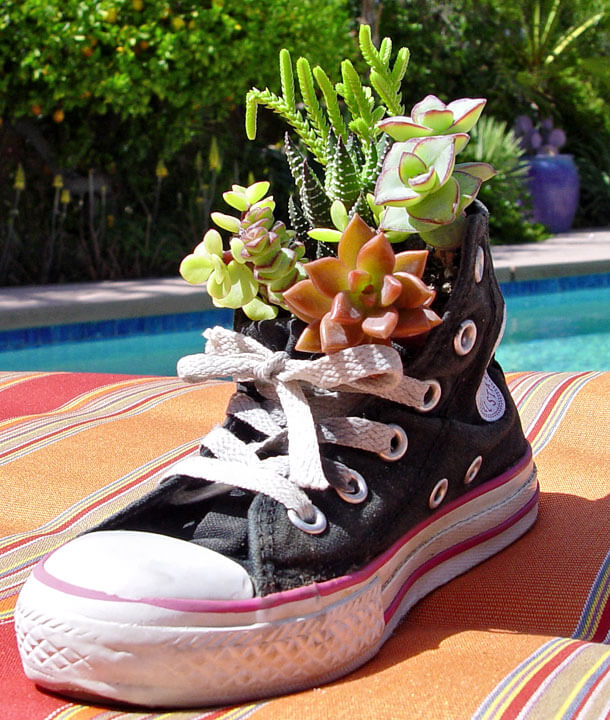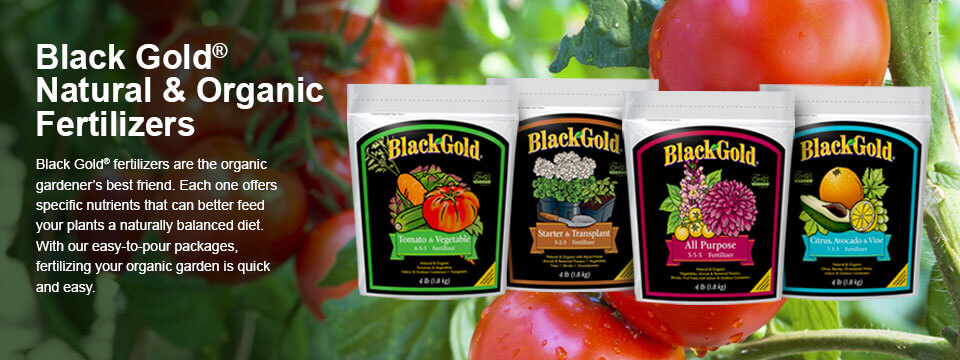
Each spring of my childhood, I’d pester my mom for radish seeds to plant in the narrow, no-man’s land between our side yard fence and the wall outside my bedroom. I’d rough up the hardened soil, sprinkle on the seeds, and splash with water. Every day after school I’d check for green sprouts, and then for tiny, spicy red orbs. With the level of care I gave them, I got maybe a radish or two from each packet. I was thrilled.
Since then, I‘ve improved my springtime seed starting process – and my success – significantly. Rather than sprinkle a whole package of seed onto the soil, I start individual seeds in containers, then plant seedlings into the garden. Here are my basics.
Containers: Recycle six packs, four packs, yogurt containers, take out containers, etc. Use larger containers for larger seeds. Add drainage holes into the bottom if there aren’t any (always poke from the inside to outside). Disinfect containers by soaking for 30 minutes or more in a solution of nine parts water to one part bleach.
Labels: Recycle plastic labels by disinfecting them with the containers. Or, use clean popsicle sticks. Before you plant, prepare labels with the plant type, variety, and planting date. Use pencil. It doesn’t fade or wash off. Put a label into each empty container.
Soil: Seedlings are extremely susceptible to fungus so use fresh seed starting mix. Seed starting mixes, such as Black Gold Seedling Mix are finely milled so even the tiniest seeds germinate easily. Wet the seed mix to mud pie consistency, then fill each container to within ½ to 1/4″ inch of its top.
Seeds: Your plants will be only as good as your quality of seeds, so don’t scrimp. Read package labels to select the best size and variety and the best time of year to start the seeds. You wouldn’t start tomatoes, for example, in November (unless maybe you live at the equator).
With smallish seeds like tomatoes, set three seeds onto the damp soil in each container or cell. Space seeds as far from each other as possible in that area. Poke larger seeds like cucumbers or squash down into the potting mix just a bit.
Add a layer of damp seed mix to fill the container. Press it in firmly.
Top with a ¼” layer of dry perlite or construction sand (not playground sand). This critical step staves off a common fungus that develops on the surface of damp soil and kills seedlings just after they sprout.
Place containers in a shallow pan filled with several inches of water. Once the water wicks up to the surface of the perlite or sand, remove the containers and let the excess water drain away.
Set containers in a bright spot away from direct sunlight, and where nighttime temperatures stay in the mid 50s F or warmer. That’s the temperature range at which tomatoes, basil, zinnias and other summer treasures germinate. To start summer seedlings earlier in the year, you’ll need a heat mat. I’ll write about that in the future.
The trick now, is keeping the seed mix moist but not too wet. I tent containers individually with lightweight plastic bags from the vegetable bins at the supermarket, or all together with a big plastic bag from the dry cleaners A chopstick in the corners of each container keeps plastic from touching the soil. Once all the seeds sprout, remove the plastic.
The hard part: When seedlings have two sets of leaves, it is time to thin. Thinning may hurt, but you have to do it. Your goal is one healthy pant per cell in a six-pack or a four-pack; one or two plants in the larger containers. Rather than pull out the weak seedlings, cut them off at the base with a baby’s fingernail scissors that has a rounded tip.
As your seedlings grow, keep the soil damp. When it dries a bit, water by setting containers into a dishpan of water. Don’t water from the top. After the seedlings have two sets of leaves, add some dilute fish emulsion or other organic liquid fertilizer to the water.
If you live in a cool climate, your seedlings will need to adjust to the sunny outdoors bit by bit. This hardening off is a process that takes a few weeks. In warmer winter areas, seedlings adjust to garden conditions much more quickly. Either way, after six to eight weeks, seedlings are usually large enough to transplant into the garden.
Within a few months, you’ll be enjoying the fruits of your labor – literally!





